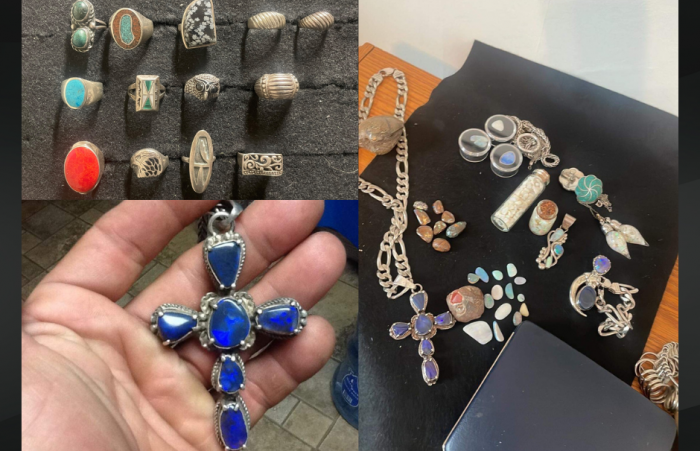Armed thieves on scooters raided the Louvre’s Apollo Gallery, stealing the historic “Napoleon and the Empress” jewels in a seven-minute daylight robbery.
Paris, France — In a scene straight out of a Hollywood thriller, armed thieves on scooters stormed the Louvre Museum in Paris early Sunday morning, making off with the “Napoleon and the Empress” royal jewellery collection in a seven-minute heist that has stunned France and the art world alike.
According to Interior Minister Laurent Nuñez, the “major robbery” occurred at around 7:00 a.m., just before the museum was to open its doors to an expected 30,000 visitors. The criminals, armed with chainsaws and cutting tools, broke into the Apollo Gallery — the same hall that houses the French Crown Jewels — and vanished before security could respond.
Seven Minutes of Chaos
Witnesses reported hearing metallic grinding and alarms, as the masked assailants cut through reinforced glass cases holding several diamond-encrusted pieces once owned by Emperor Napoleon Bonaparte and Empress Joséphine.
Security sources told Le Parisien that the group arrived on three high-speed scooters, entered through a service gate, and used chainsaws to slice open the display enclosures. Within minutes, they fled into the early-morning streets of Paris.
“The entire operation took less than seven minutes — a precision hit, clearly planned by professionals,” a senior police investigator said.
Historic Treasures Gone
The stolen jewels, collectively referred to as the “Napoleon and the Empress Collection,” include emerald and sapphire tiaras, diamond necklaces, and gold-set insignia believed to have been commissioned in the early 19th century to celebrate the French Empire’s grandeur.
Experts estimate their market value exceeds €80 million ($86 million), though their historical significance is considered priceless.
“You can replace gold, not history,” said art historian Claire Delaunay. “These jewels are part of France’s identity.”
Security Failures Under Scrutiny
France’s Ministry of Culture and the Paris Police Prefecture have launched a joint investigation, reviewing hours of CCTV footage and interviewing museum staff. Initial findings indicate that the thieves disabled motion sensors and exploited a routine morning shift change in security personnel.
Interior Minister Nuñez said authorities were treating the robbery as a “targeted, coordinated act by a highly organized network.”
The Louvre Museum, which confirmed the theft in a brief statement, has temporarily closed the Apollo Gallery while forensic teams comb the site.
“We are cooperating fully with law enforcement,” the museum said. “Our priority is to recover the stolen works and ensure the integrity of our collection.”
Echoes of Past Thefts
This latest incident adds to the Louvre’s checkered history of spectacular art crimes. The most infamous — the 1911 theft of the Mona Lisa — stunned the world and inspired new global standards for museum security.
In 1993, another daring burglary at the Museum of Decorative Arts, part of the Louvre complex, saw armed robbers steal diamond-studded artefacts — a case that remains unsolved.
The Hunt Begins
Interpol and French anti-organized-crime units are now collaborating to track the stolen jewels, fearing they may be smuggled abroad or dismantled for sale on the black market.
As one senior investigator put it:
“These thieves didn’t just steal from France — they stole from history itself.”





